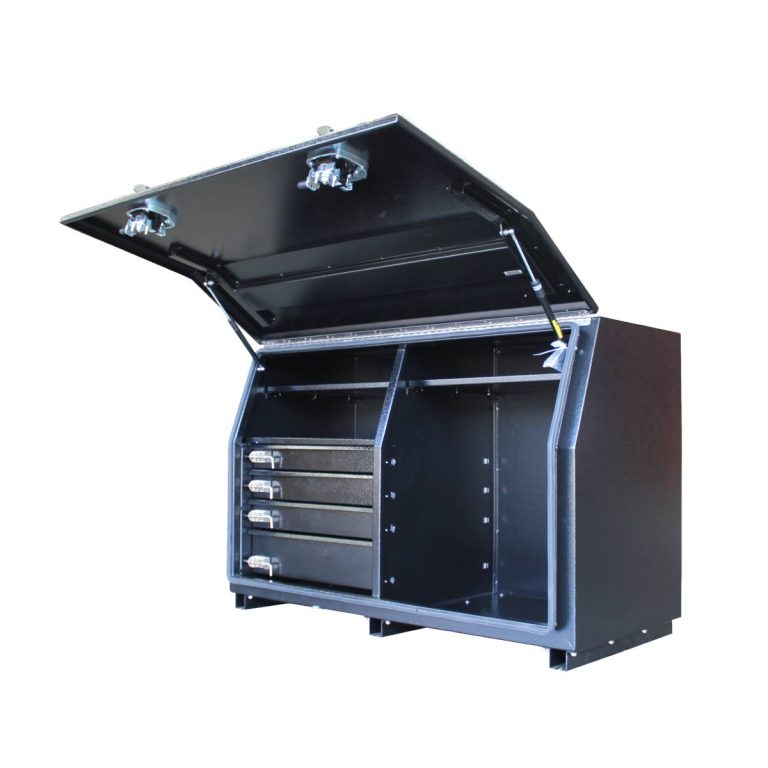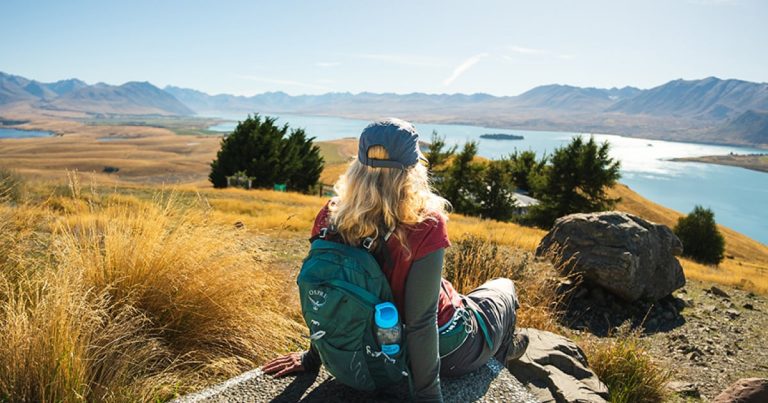First-Timer’s Guide to Koh Samui: What to Know Before You Go
Koh Samui is the Gulf of Thailand’s crowd-pleaser: easy flights, beautiful beaches, and a calm island rhythm that suits families, couples, and friends. This First-Timer’s Guide to Koh Samui: What to Know Before You Go distills the essentials—when to visit, where to stay, how to get around, what it costs, and how to enjoy the island responsibly—so your first trip feels like a veteran’s second. If you want a private base to return to after beach days and boat trips, explore Koh Samui luxury villas at the start of your planning; the best-located homes with pools and concierge support fill quickly in peak months.
When to go: First-Timer’s Guide to Koh Samui seasonality
Samui sits in the Gulf of Thailand and follows a different pattern than the Andaman coast. The “classic” dry window is roughly December–March, with blue skies, light winds, and low rainfall—ideal for snorkeling visibility and boat crossings. April–June is hot and mostly dry, with warmer seas and fewer crowds. October–November is the wettest period as the northeast monsoon arrives; you’ll still get sunny breaks, but showers can be heavy. Average temperatures hover around 26–32°C year‑round and sea temps around 28–30°C, which keeps the water inviting even outside peak season.
- Best odds for Ang Thong Marine Park clarity: January–April after calm spells.
- Fewer crowds with reliable sun: late February–early April and mid‑May–June.
- For weather detail, check the Thai Meteorological Department forecast the day before sea trips.
“On Samui, the biggest upgrade isn’t five stars—it’s timing. A 7:30 a.m. start buys you calmer water, better light, and fewer boats.”
Marine and beach conditions: What first-timers should know
Wind typically rises after midday, so plan sea crossings and snorkels early and ease into shaded coves after lunch. East‑coast beaches (Chaweng to Lamai) can see swell in November–January, while the west and north often stay calmer in that window. Jellyfish encounters are rare but possible; wear a rash guard, avoid night swims, and follow local guidance if stinger nets are up. Vinegar, not freshwater, is recommended to neutralize tentacles.
Where to stay: Neighborhoods for your First-Timer’s Guide to Koh Samui
Choosing the right base shapes your days. Each area has a distinct rhythm, and first‑timers do best matching vibe to priority—walkability, quiet, or nightlife.
- Chaweng & Chaweng Noi: Lively, central, and the longest sweep of sand; great for first visits if you like energy, cafés, and easy transport. Chaweng Noi is quieter just south.
- Bophut & Fisherman’s Village: Romantic, walkable boardwalk, weekly night markets, and sunset dining—excellent for couples and families.
- Choeng Mon: Small, protected coves with gentle water; relaxed, upscale feel without being remote.
- Lamai: A calmer version of Chaweng with a long beach, rock formations (Hin Ta & Hin Yai), and good value in dining.
- Maenam & Bang Por: Laid‑back north coast, longer beaches, and a local vibe; fewer crowds and good sunset angles.
- Lipa Noi & Taling Ngam (west): Ultra‑quiet, dramatic sunsets, and easy access to longtail trips near the Five Islands.
How to pick your area (fast fit guide)
- Don’t want to drive? Bophut or Chaweng keeps many essentials walkable.
- Traveling with kids? Choeng Mon and Silver Beach (near Lamai) for calm water and easy eats.
- Seeking privacy? Maenam’s garden villas or west‑coast retreats trade buzz for quiet horizons.
Getting there and around: Practical basics for first-timers
Samui Airport (USM) sits close to major beaches, making transfers quick; flights are frequent from Bangkok (BKK/DMK), Phuket, Singapore, and seasonal hubs. If you’re budget‑minded, ferries from Surat Thani (Donsak Pier) link to Samui’s Nathon or Lipa Noi in ~90 minutes, with bus/van combos from the mainland.
On island, transport options include:
- Airport/private transfers: 15–30 minutes to most areas; confirm fixed pricing with your accommodation.
- Taxis: Abundant but pricey compared to mainland Thailand; ask your hotel to book or agree on a fare before riding.
- Songthaews (shared pickups): Affordable for short hops along main roads—wave one down, confirm price, and hop off when you like.
- Scooters: 200–350 THB/day; only rent if you’re experienced, always wear a helmet, carry an international driving permit, and avoid riding in rain or at night.
- Car rentals: Useful for families and west‑coast stays; driving is left‑hand and roads can be steep.
Safety rule: “Four checks before ignition—helmet, lights, brakes, insurance.” The island’s hills and sudden showers are the usual culprits in first‑timer mishaps.
Money, connectivity, and safety: What to know before you go
Thailand uses the Thai Baht (THB). ATMs on Samui typically add a 200–250 THB fee per withdrawal; withdraw larger sums less frequently and keep small bills for markets and taxis. Cards are widely accepted at resorts and mid‑ to high‑end restaurants, but cash remains king for street food and small shops.
Connectivity is excellent. Local SIMs or eSIMs from AIS, DTAC, or True offer 4G/5G coverage across populated areas; expect 50–200 Mbps in town. Seven‑day tourist packs run roughly 199–399 THB. Power is 220V/50Hz; sockets often accept Type A, C, and F plugs, but carry a universal adapter.
Health and safety are straightforward. Tap water isn’t potable; drink bottled or filtered water, which most accommodations supply. Mosquitoes are present; pack DEET or picaridin repellent and long sleeves for dusk. Pharmacies are well‑stocked, and clinics are accustomed to travelers. Always buy travel insurance that covers scooters and water sports if you plan to do either.
What to do: Essential experiences for first-timers on Koh Samui
Samui rewards a mix of sea days, culture, and slow afternoons.
- Ang Thong National Marine Park: 42 limestone islands with lagoon views, sea kayaking, and snorkeling. Choose small‑group or private speedboats, depart early, and bring proper shoes for the viewpoint climb.
- Secret bays and easy snorkel spots: Coral Cove and Silver Beach shine on calm mornings with granite boulders and clear shallows—arrive before 9 a.m.
- Temples and local color: Wat Plai Laem’s colorful statues and Big Buddha (Wat Phra Yai) are classic. Dress modestly, cover shoulders/knees, and remove shoes at temple steps.
- Night markets: Fisherman’s Village (Friday night) and Lamai’s Sunday market deliver street eats, crafts, and live music. Bring small cash and an appetite.
- Wellness: Thai massage is daily life here—opt for trusted spas or in‑villa therapists. Yoga classes, beach runs at sunrise, and steam/ice routines at your villa help beat the heat.
- Ethical wildlife: Support observation‑only elephant sanctuaries (no riding, washing, or tricks). Book operators who prioritize animal welfare and small groups.
- Classes and skills: Thai cooking classes, Muay Thai intro sessions, and free‑diving fundamentals add depth to beach time.
First-Timer’s Guide to Koh Samui day trips: What to know before you go by boat
- Seas are friendliest at dawn; plan crossings before lunch.
- Bring reef‑safe sunscreen and a rash guard; sunscreen-free swimming is best for coral.
- Confirm lifejackets, radios, and first‑aid on board. If wind picks up, your captain may adjust stops—trust the call.
Costs snapshot: What a first-timer typically spends
- Airport transfer to Bophut/Chaweng: 400–800 THB per car depending on time/vehicle.
- Scooter rental: 200–350 THB/day; car 800–1,500 THB/day.
- Local meals: 80–180 THB for street food; 250–600 THB at beach cafés; high‑end dining 1,200–3,000 THB per person with drinks.
- Ang Thong tour: 1,900–2,800 THB per adult (lunch included); private charters from ~18,000 THB for 6–8 passengers.
- Thai massage: 300–600 THB at simple shops; 1,200–2,500 THB at spa resorts or in‑villa.
Prices swing with season and location; beachside venues cost more than inland shops a few streets back.
Packing and etiquette checklist for first-timers
- Sun armor: wide‑brim hat, polarized sunglasses, high‑SPF reef‑safe sunscreen, and a long‑sleeve rash guard.
- Footwear: Flip‑flops for the beach, light sneakers for viewpoints, and reef shoes for rocky entries.
- Essentials: Dry bag, refillable bottle, light rain jacket (Oct–Nov), compact first‑aid and motion tablets.
- Temple respect: Shoulders and knees covered, shoes off at thresholds, voices low, no drone use without permission.
- Tipping: Not mandatory, but rounding up or 10% for excellent service is appreciated.
Frequently asked: First-Timer’s Guide to Koh Samui—What to Know Before You Go
Is Koh Samui safe for first-time visitors?
Yes—violent crime is rare. Petty theft happens as in any beach town; use room safes, avoid leaving phones on café tables, and ride scooters only if experienced. Night swimming is discouraged due to currents and jellyfish risk.
Do I need cash or cards?
Carry both. Cards work at hotels and mid‑ to high‑end restaurants, but keep small bills for markets and taxis. Expect a 200–250 THB ATM fee per withdrawal.
Can I drink the water?
Stick to bottled or filtered water. Ice is typically factory‑made and safe at reputable venues.
What’s the dress code?
Beachwear at the beach, lightweight casual elsewhere. Temples require modest clothing. Air‑conditioning can be strong; pack a light layer.
Conclusion: Your First-Timer’s Guide to Koh Samui—ready to go
A great first trip to Samui comes down to timing, location, and pace. Travel in the island’s fair‑weather windows, pick a neighborhood that matches your mood, plan sea days early, and weave in slow rituals—massages, markets, and sunset walks. With this First-Timer’s Guide to Koh Samui: What to Know Before You Go, you’ll move like a local in days, not weeks—arriving home with sandy sandals, calmer shoulders, and a shortlist of places you’ll return to next time.







